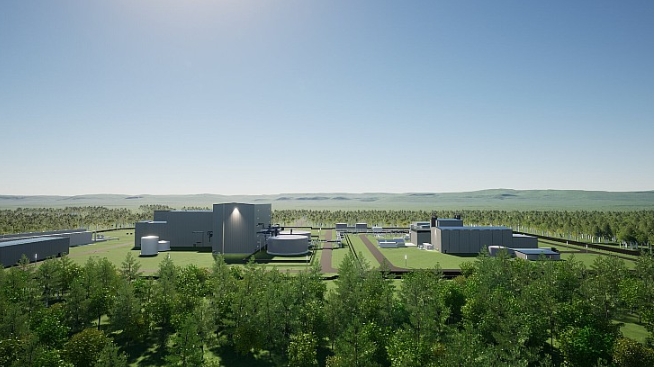
The GDA process, overseen by the UK’s Office for Nuclear Regulation (ONR) and the Environment Agency, evaluates the design of new nuclear power stations early in development. This allows regulators to identify and address potential design or technical issues before detailed site-specific plans or licensing applications are made. The Environment Agency estimates the three-step process takes approximately four years to complete.
TerraPower, co-founded by Bill Gates, began construction on its first Natrium plant in Wyoming, USA, last year. The company plans to leverage regulatory insights from that project to support its GDA application in the UK. Chris Levesque, TerraPower’s President and CEO, stated: “We have been in active discussions in the UK for years, and there is immense interest and opportunity for the United States and United Kingdom to cooperate on deploying advanced nuclear plants over the coming decade.”
The Natrium reactor, developed in collaboration with GE Hitachi, features a 345 MWe sodium-cooled fast reactor paired with a molten salt-based energy storage system. This storage capability can increase the system’s output to 500 MWe for over five and a half hours, enabling seamless integration with renewable energy sources, according to TerraPower.
The GDA process has previously been completed for designs such as the EDF/Areva UK EPR, Westinghouse AP1000, Hitachi-GE UK ABWR, and CGN/EDF/GNI UK HPR1000. Ongoing assessments include Rolls-Royce SMR Limited’s small modular reactor, GE Hitachi’s BWRX-300, Holtec International’s SMR-300, and Westinghouse’s AP300, which entered review in August 2024. In December, France-based Newcleo also applied for a GDA for its LFR-AS-200 lead-cooled fast reactor.
TerraPower’s application reflects its commitment to advancing nuclear technology in the UK, supporting the development of sustainable and reliable energy solutions through international collaboration.